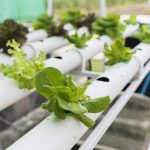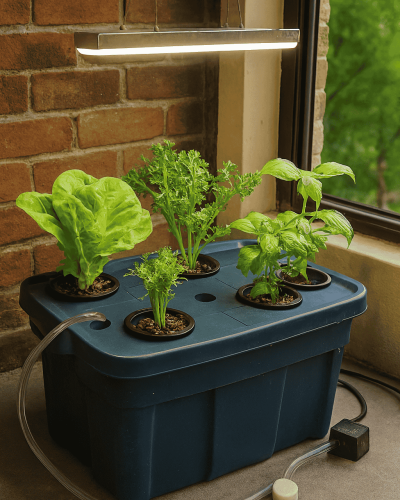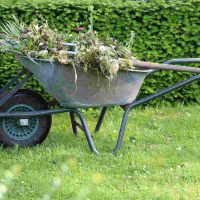
Mastering Hydroponics: Diving Deep into Sustainable, Soil-Free Harvests
October 8, 2025
The Great Garden Thaw: Flowers Unfurling, Pests Emerging—Your Low-Effort Survival Guide
October 23, 2025A DIY hydroponics setup allows anyone to grow fresh vegetables and herbs without soil. It saves space, conserves water, and works perfectly indoors or on small patios. With clear instructions, even beginners can build a thriving system from scratch.
Step 1: Choose Your Container
Start with a sturdy, food-safe plastic tub, crate, mastering hydroponics or shallow bin to hold the nutrient solution. Make sure it is deep enough for roots to hang freely. Drill evenly spaced holes in the lid for net pots, which will securely hold your seedlings.
Step 2: Set Up Water Circulation
Install a submersible pump to keep the nutrient solution moving across all plants. Connect tubing so the flow reaches each seedling evenly. Run the pump periodically—about 15 minutes every hour—to avoid stagnant water. Adding an air stone increases oxygen in the solution, keeping roots healthy and promoting strong growth.
Step 3: Prepare Your Nutrient Solution
Mix water with a hydroponic nutrient blend that includes nitrogen, phosphorus, potassium, calcium, magnesium, and trace minerals. Test the pH with strips or a digital meter and adjust to between 5.5 and 6.5. Checking weekly ensures plants continue to receive the ideal conditions for steady growth.
Step 4: Select and Plant Your Crops
Leafy greens like lettuce, spinach, and kale grow quickly and are great for beginners. Herbs such as basil, mint, and cilantro also thrive. Fill net pots with clay pellets, rockwool, or coconut coir, placing seedlings so their roots reach the nutrient solution while crowns remain above water.
Step 5: Provide Light
Plants need 12–16 hours of light daily. Indoors, hang LED grow lights 15–30 centimeters above the plants. For natural light, position the system near a south-facing window. Adjust the height as seedlings grow to maintain even coverage and healthy development.
Step 6: Monitor and Maintain
Check water levels daily, topping up when necessary. Inspect roots weekly for discoloration or rot. Clean pumps, trays, and tubing every two weeks to prevent algae and blockages. Rotate crops to ensure continuous harvests and maintain overall plant health.
Step 7: Harvest and Enjoy
Leafy greens are ready to pick in 3–4 weeks. Trim leaves above the base to allow regrowth. Herbs may need pruning every 2–3 weeks. Keeping the nutrient solution balanced allows multiple harvests from the same system over time.
A DIY hydroponics setup turns even small spaces into productive gardens. With careful attention and consistent maintenance, you can enjoy fresh, soil-free vegetables and herbs year-round.


